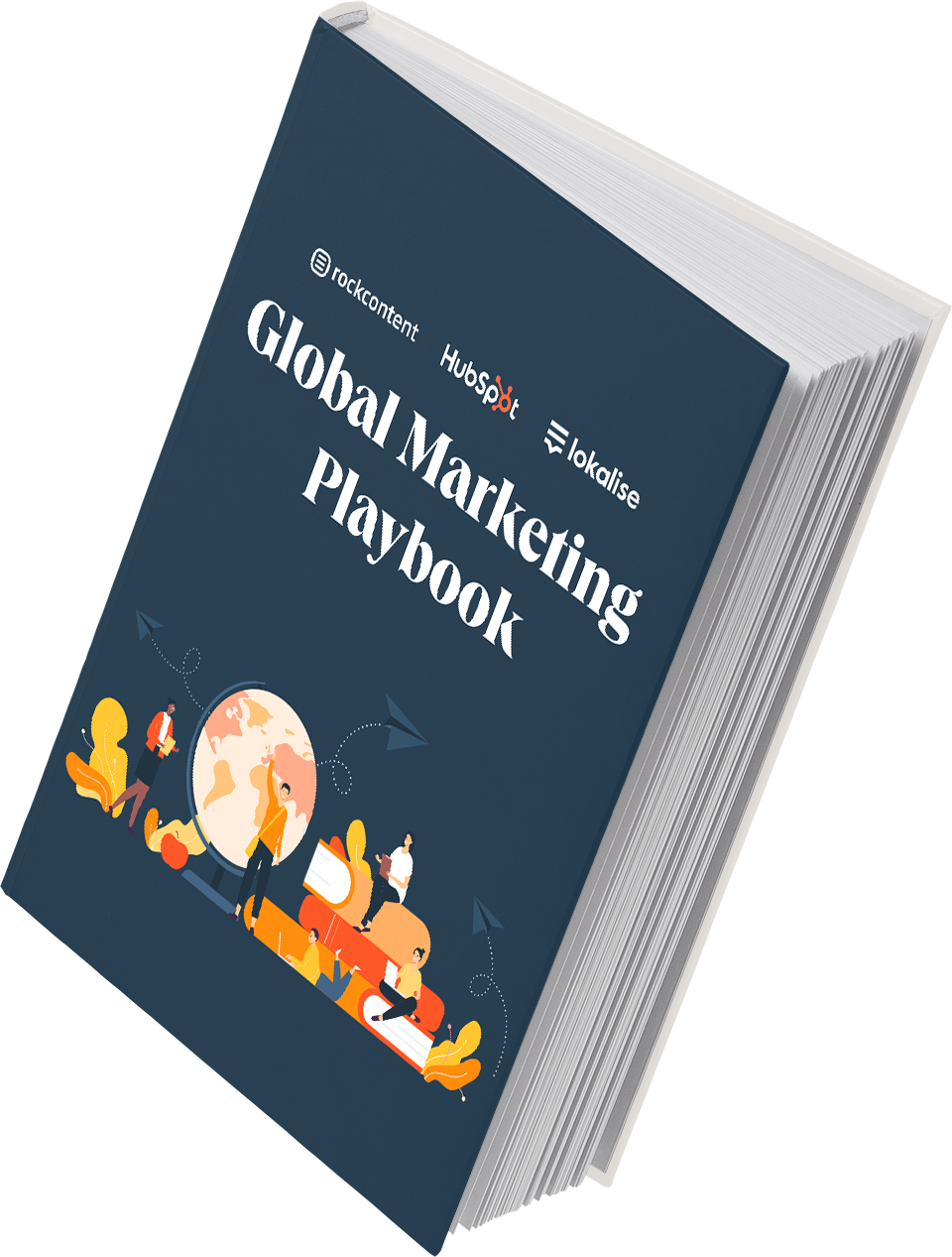3 Major Challenges Regional Marketing Models Pose for Global Brands
Regional marketing models create significant challenges for global businesses, particularly following Starbucks' recent shift from a global to regional marketing structure. Here are the key issues and solutions:

Magnifying glass examining world map
Regional Marketing Model Challenges:
- Inefficiency and Misaligned Competition
- Teams unknowingly duplicate efforts instead of scaling successful global strategies
- Multiple CMOs compete for resources, goals, and budgets
- "Kingdom making" mentality reduces organizational efficiency
- Focus shifts from collaboration to internal rivalry
- Inconsistent Brand Messaging
- Regional CMOs create varying interpretations of brand identity
- Lack of centralized strategy leads to conflicting messages
- Good marketing ideas typically work across all regions (80% of strategies can be replicated globally)
- Increasing global connectivity demands unified approaches
- Fragmented Knowledge & Expertise
- Decentralization creates knowledge silos
- Uneven distribution of technical expertise across regions
- Inefficient allocation of talent and resources
- Reduced innovation and learning opportunities

Global Marketing Playbook cover illustration
Steps to Build an Effective Global Marketing Strategy:
- Prepare for Global Expansion
- Assess company readiness
- Evaluate resources and personnel
- Ensure adequate budget and tools
- Consider language and cultural education needs
- Develop International Strategy
- Create market-specific content
- Align global initiatives
- Set clear regional KPIs
- Secure executive support
- Execute Detailed Planning
- Map objectives
- Identify stakeholders
- Establish content workflows
- Create distribution processes
- Build Global Team
- Hire local talent
- Partner with regional agencies
- Engage translation providers
- Maintain consistent standards
- Create Scalable Processes
- Standardize content creation
- Implement translation workflows
- Regular process audits
- Maintain efficiency checks
- Focus on Localization
- Distinguish between translation and transcreation
- Adapt content for cultural relevance
- Use real-time analytics
- Partner with quality vendors
- Implement Technology
- Select appropriate tools
- Ensure team training
- Conduct technology audits
- Enable effective communication

Global Marketing Playbook cover
A successful global marketing strategy requires careful planning, consistent execution, and strong central coordination. Companies should focus on building unified approaches while maintaining flexibility for essential regional adaptations.
